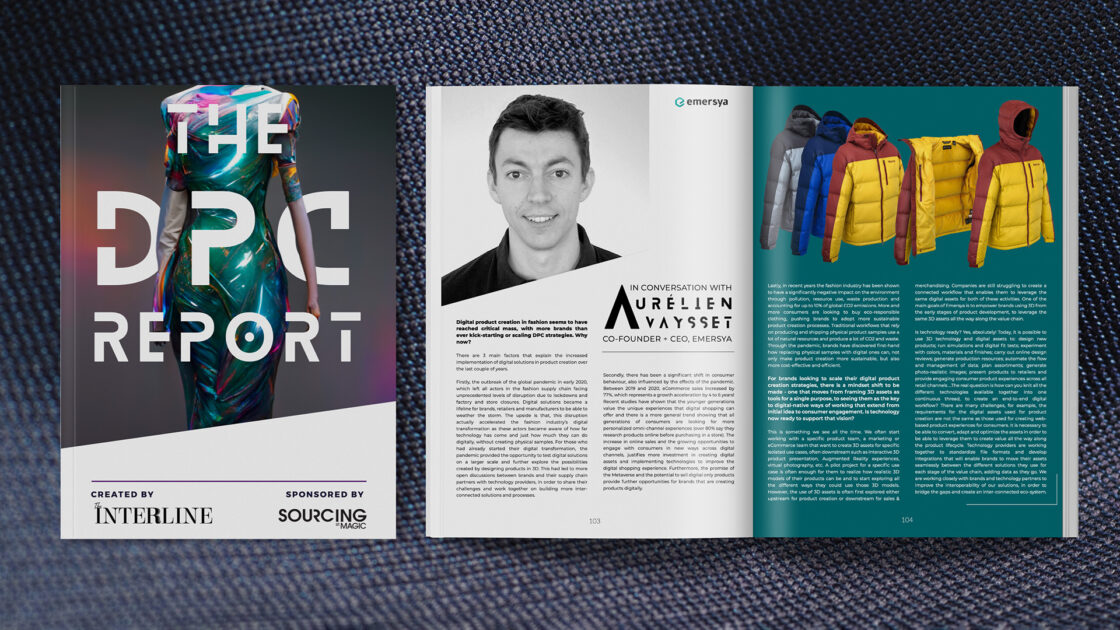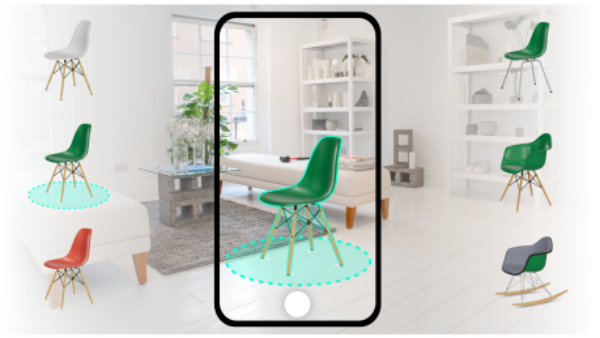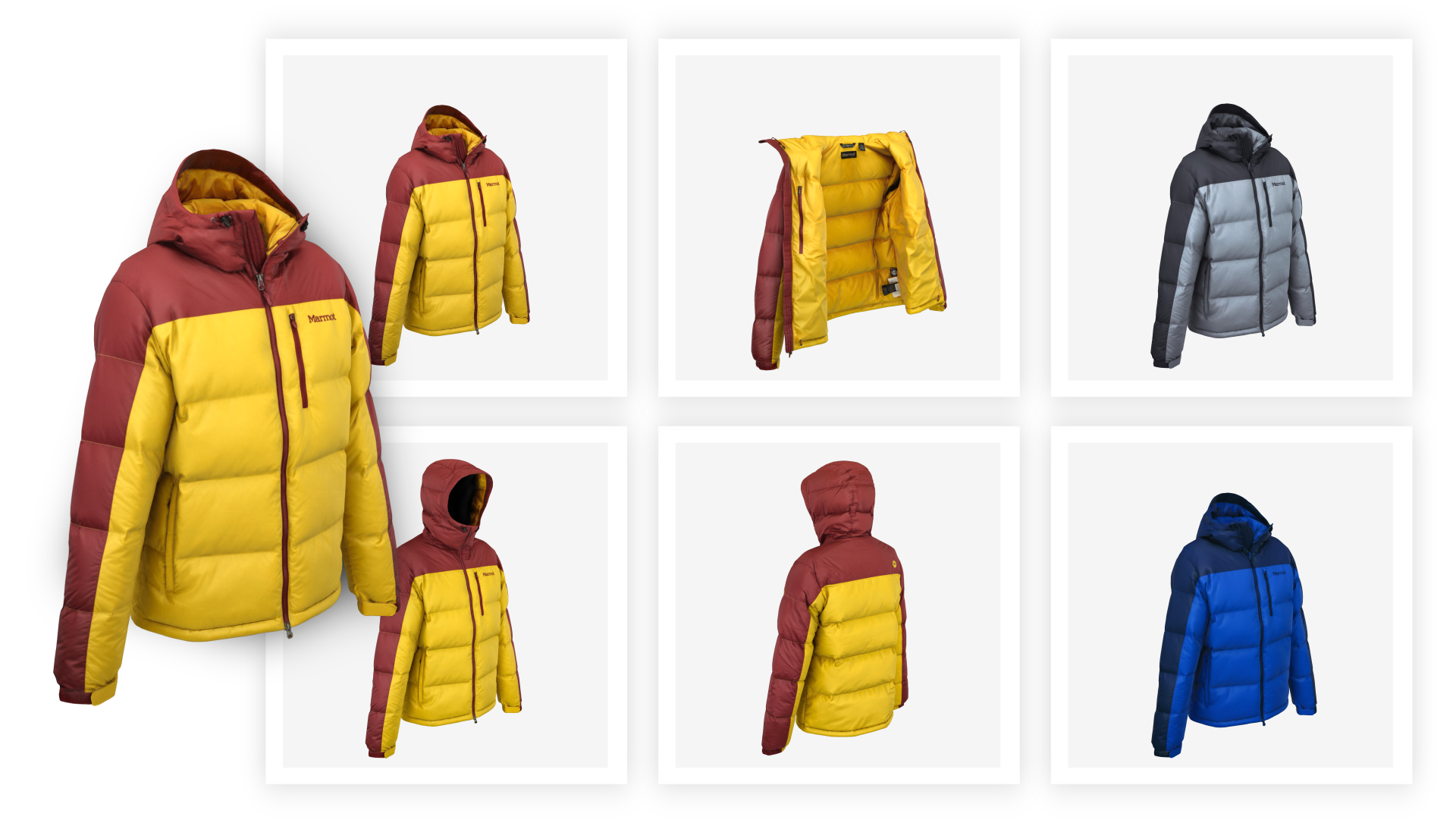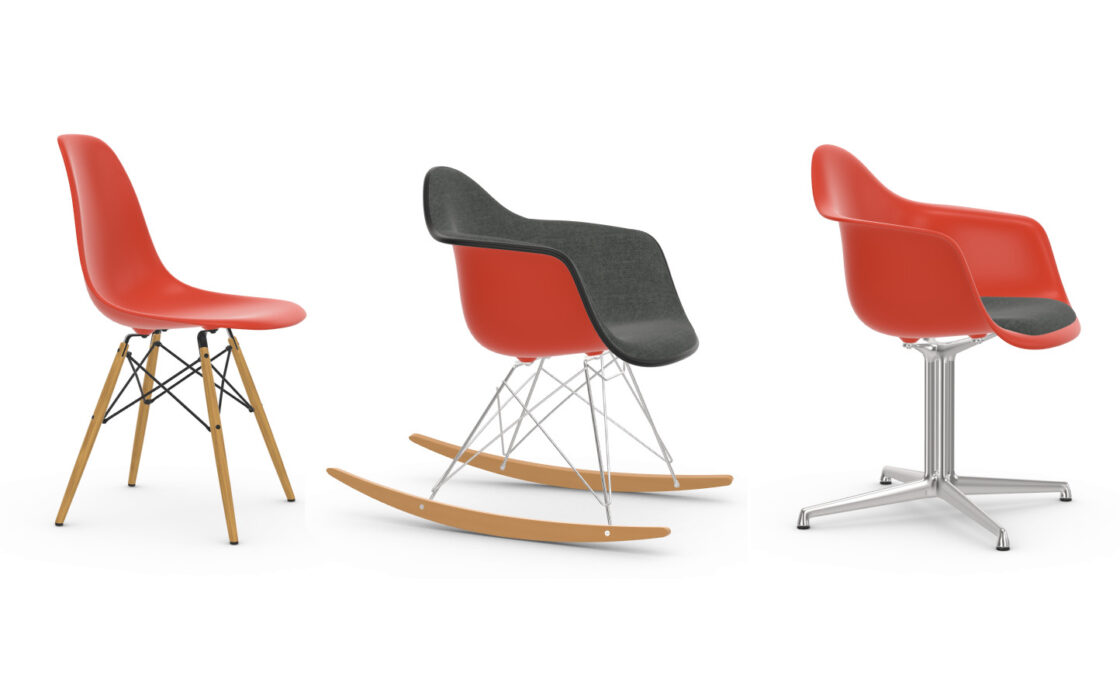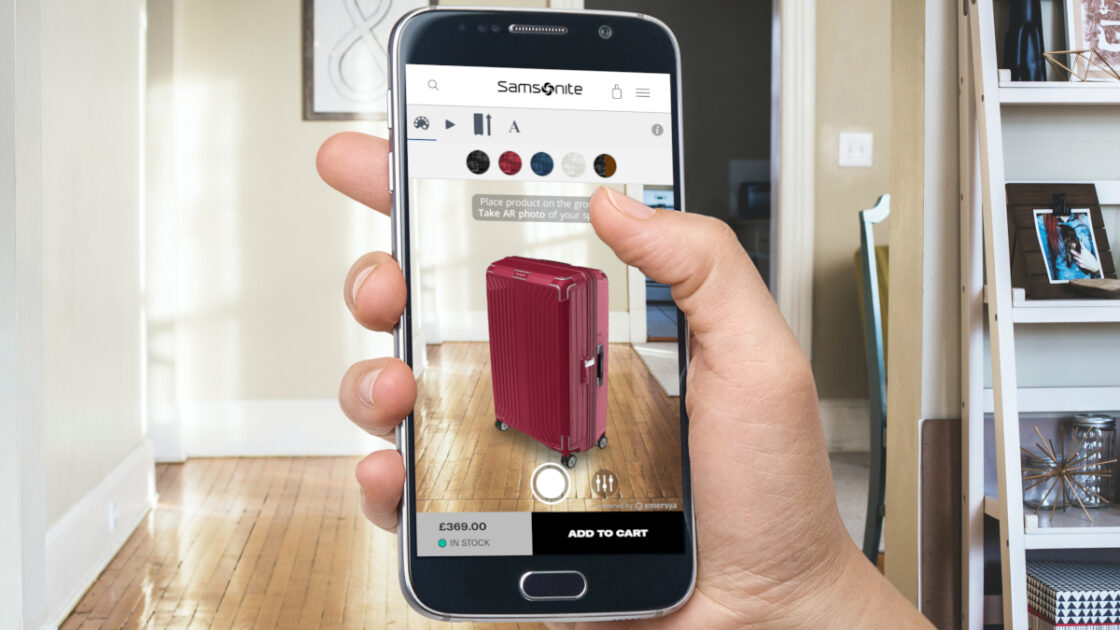Emersya’s Collaborative Design Platform
Reinvent the way you create, sell and produce
Overview
Problems with current product development processes
Today, product lifecycle workflows are long, expensive, resource intensive and disconnected, while consumer expectations are higher than ever. The most successful brands are those that manage to continuously adapt their products and processes to meet changing consumer demands.
In recent years, brands have been looking to digitize their product design processes in order to optimize workflows and accelerate time to market. In many product sectors, computed aided design software (CAD) can be used by technical designers to create the shape and structure of a new product and output a digital prototype. However, this software is not well adapted for visualizing & reviewing these prototypes with the rest of the team, nor for designing the look and feel of the final product.
In order to review 3D prototypes and try out different styles and materials, a number of physical prototypes must be made. The process is slow and expensive as teams will often want to try out many different colors and materials on different parts of a product, increasing the number of physical samples that must be produced and transported across the globe.
A product development process that relies heavily on the manufacture and shipping of physical prototypes creates a number of problems:
Slows down time to market
Each iteration takes weeks if not months.
Increases the product development costs
The average brand spends over $5M on product samples each year. [1]
Has a negative impact on the environment
Use of resources + CO2 emission & waste production.
Making product development more sustainable
The impact of climate change on the planet has recently become more apparent and the window of time in which we can act is closing faster than previously imagined. More and more brands are taking on the challenge of reducing or eliminating the negative impact they have on the environment. Recent studies have shown that their efforts are not going unnoticed as almost half of shoppers actively look to buy from environmentally conscious retailers [2] and 1 in 3 are willing to pay up to 25% more for sustainable products [3].
Making products more sustainable starts with the product development process. Current workflows that rely on producing and shipping physical product samples use a large amount of natural resources, produce CO2 emissions and generate waste. For example, it takes over 3000 litres of water to make one t-shirt and most of that water is not recycled [4].
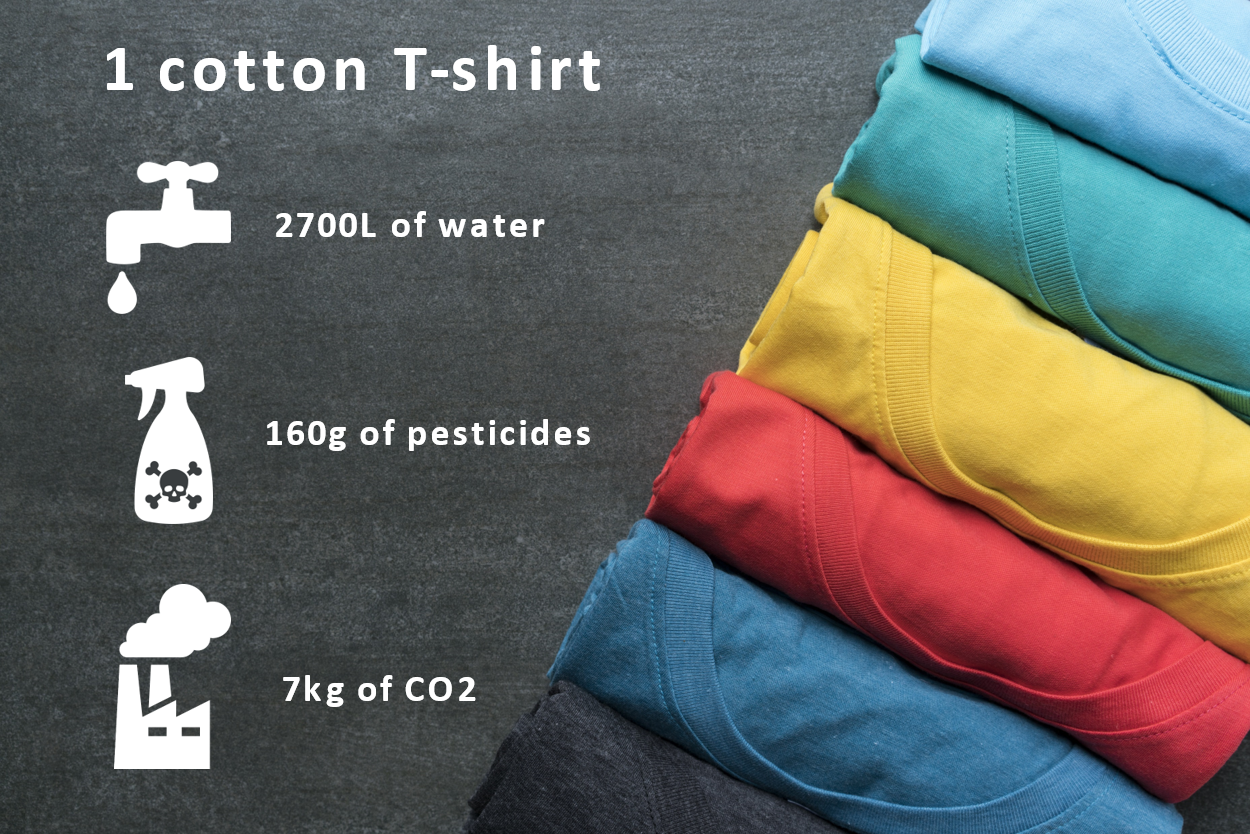
The impact of the global pandemic
The outbreak of the global pandemic in 2020 left brands facing unprecedented levels of disruption to their product design and product lifecycle management processes. The break down in the supply chain and the disruptions to internal communications meant that it was often no longer possible to manufacture and transport physical product samples. Product development teams were also forced to work remotely making it impossible to review physical samples in person.

At the same time, lock-downs and store closures triggered a sudden change in consumer shopping behaviour, accelerating the growth of eCommerce by 4 to 6 years [5]. Between 2019 and 2020, sales from global online shopping increased by 24% [6] while social commerce sales increased by 39% [7]. Many brands were caught off guard by the sudden and rapid growth of online channels and struggled to find ways to rapidly improve the online consumer experience.
Your product lifecycle challenges
Climate change and the pandemic have highlighted and intensified existing product lifecycle challenges:
- Speeding up time to market
- Reducing the impact on the environment
- Making product design & review more accessible & collaborative
- Automating the compilation of production data
- Reducing costs & increase efficiency of creating visual product content
- Creating engaging omni-channel shopping experiences
The solution: an end-to-end digital product design workflow
What if, rather than ordering thousands of physical product samples each year, you could empower your designers to make their own true-to-life digital samples in 3D, and easily share and review the extended product development team?
What if you could create an end-to-end digital workflow that enables your design, development, production, marketing and sales teams to streamline their processes, all with the same 3D assets?
Emersya’s Collaborative Product Development Platform
Emersya, pioneer of Interactive 3D & AR for digital product experiences, has developed a game-changing Collaborative Design Platform.
The platform empowers brands with Interactive 3D & Web AR technology to overcome challenges at the key stages in the product lifecycle: from making product development more sustainable & efficient, to making digital marketing more effective and engaging, whilst driving omni-channel sales!
Ideation and design
Emersya provides brands with an easy to use, online tool for creating new product variants by trying out different colors, materials, artworks and graphics in real-time 3D. Designers can instantly create an unlimited number of true-to-life virtual samples for their new product collection.
Review and Iteration
Instead of physical meetings with physical samples, brand teams can review and discuss the product designs online in Interactive 3D and Augmented Reality. This cuts down lead time by up to 50% while reducing costs and the impact on the environment.
Pre-production
Once the colorway designs have been validated, Emersya can automatically generate Tech Packs, including the Bill Of Materials and other data the brand requires for material sourcing & production. This data can be fed directly into the brand’s PLM to speed up the process and eliminate the margin for error.
Product Marketing
Emersya offers a virtual product photography solution that enables marketers to generate infinite numbers of true-to-life product images based on the 3D models of their products. This enables brands to create more product visuals, for all product colorways, more efficiently and at a lower cost.
Omni-channel product experiences
Emersya empowers brands to offers their customers unique and engaging product experiences in Interactive 3D and Augmented Reality, both online & instore.
Interactive 3D product story-telling enables consumers to actively discover and try out a product for themselves thanks to product feature animations, exploded views and informative annotations.
Visualizing a product in augmented reality makes a shopping experience all the more unique to the customer whilst building consumer confidence.
Emersya helps brands to drive consumer engagement and build customer loyalty by providing an easy and efficient way to create real-time 3D and AR customization experiences. From personalizing a product with a custom engraving, embroidery or imagery to creating a bespoke product, Emersya provides solutions for both the customer facing experience and the made-to-order processes.
Customizing products with Emersya’s 3D technology makes it possible for consumers to use their custom product both in the physical world and in the metaverse!
Sharing with distributors
Brands can easily deploy their Interactive 3D & AR product experiences across their entire retail network by simply sharing their embed codes with retailers.
For online product customization, Emersya offers a solution that enables retailers to select the product options they wish to offer and generate their own version of a brand’s 3D product configurator.
3D Ad & Social Media campaigns
Emersya makes it possible to export 3D models in the correct format and standard for creating 3D ad campaigns and social media experiences.
Creating value throughout the product lifecycle
For the past 10 years, Emersya has focused on harnessing the power of 3D visualization technology to empower brands to create engaging digital product experiences. The Collaborative Design Platform is a new chapter in Emersya’s innovation roadmap with the goal to encourage more brands to adopt 3D technology from the beginning product development processes, thus creating value all the way along the product’s lifecycle.
Discover how Salomon uses the Emersya Platform to streamline & accelerate their product development workflows
[1] https://www.just-style.com/features/how-3d-design-tools-drive-leaner-and-cleaner-production/
[2] https://www.emarketer.com/content/sustainability-is-factoring-into-2019-holiday-purchases
[3] https://www.cgsinc.com/en/infographics/CGS-Survey-Reveals-Sustainability-Is-Driving-Demand-and-Customer-Loyalty
[4] https://www.weforum.org/agenda/2020/01/fashion-industry-carbon-unsustainable-environment-pollution
[5] https://www.forbes.com/sites/johnkoetsier/2020/06/12/covid-19-accelerated-e-commerce-growth-4-to-6-years/
[6] https://www.digitalcommerce360.com/article/global-ecommerce-sales/
[7] https://www.emarketer.com/content/social-commerce-surpasses-30-billion-us

